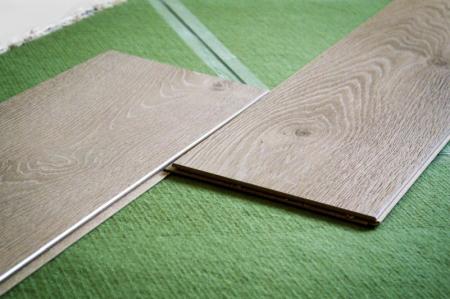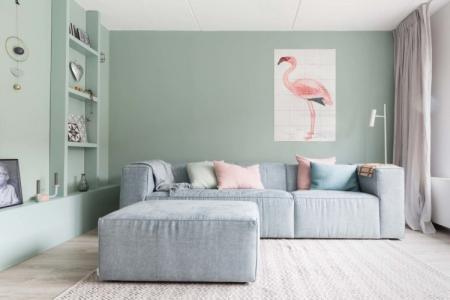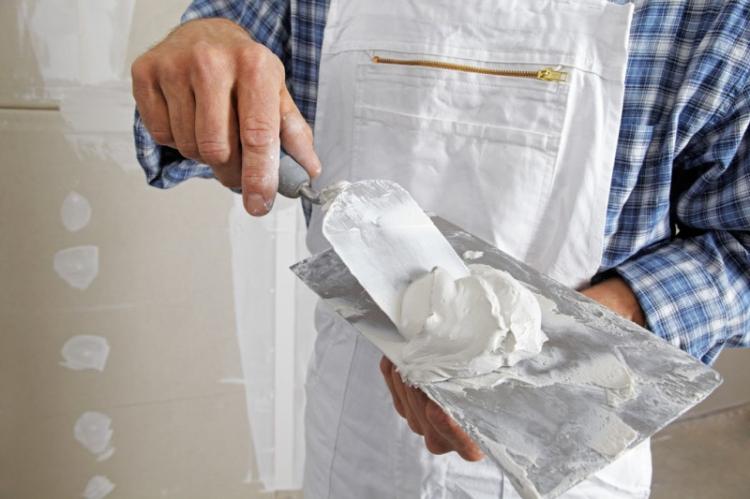
Putty is an inconvenient and insidious word, because every time you have to doubt: is everything right? "Putty" or "putty" is just the beginning, but what should you call the process itself? The main working tool, the spatula, does not cause any questions, but is it right to push off from it? We are ready to clarify this situation once and for all, and at the same time figure out what kind of technique it is and where it is used.
Putty or putty?
For the beginning of our research we will take exactly the “spatula” or the German “spatel”, which came from Latin from the word “spathula” - “spoon”. A simple and practical tool is used not only for construction and finishing works: doctors, pharmacists and painters need various modifications.
Dahl's dictionary records three forms at once: "putty", "putty" and "putty". Subtlety is due to the specifics of tracing and borrowing words from one language to another. It is precisely these forms that the concept of "spachteln" acquired in Russian, although the "putty" as a result almost did not take root.
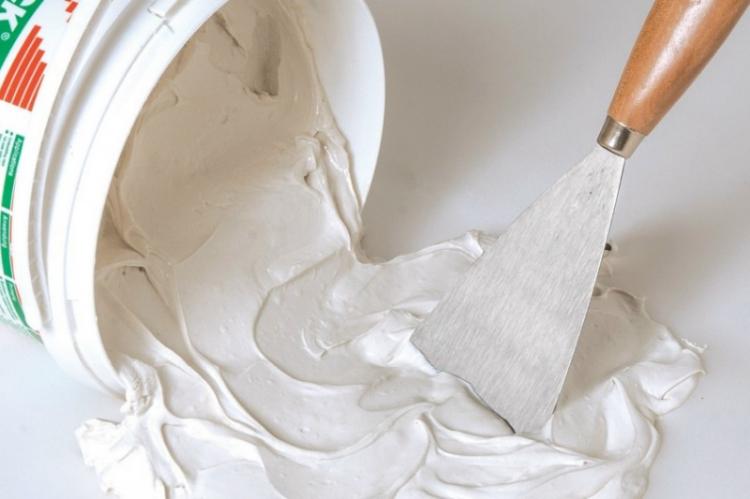
For some time it was believed that "putty" is a professional definition, and "putty" is a universal one. But in the 40s it was the second form that was unified, and linguists linked it with the already existing concept of "tow" by phonetic analogy.
In practice, today both concepts exist quite equally, so to call one of them wrong is fundamentally wrong. Even the division into professional and non-professional slang did not take root for a long time, because too many people are engaged in the repair and decoration. So you can say "putty" or "putty", especially since this does not in any way affect the quality of work.
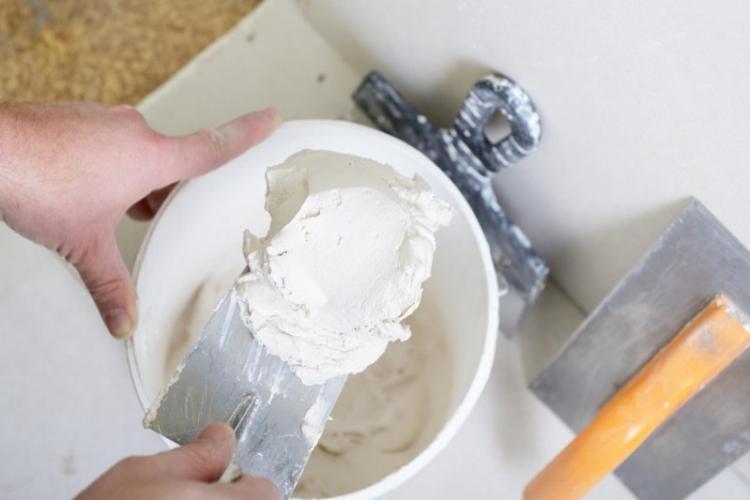
Types and compositions
Different types of putty differ in composition, and they are classified based on the main component. It is he who determines the scope and features of applying a particular material.
Plaster putty
The snow-white plastic plaster putty is easy to use: it is easy to apply and sand. It is a good eco-friendly material for creating a comfortable microclimate and healthy indoor humidity. The peculiarity is directly related to the property of gypsum to absorb excess moisture from the air and give it away when there is a shortage.
Gypsum putty is used only indoors, because it quickly deteriorates outdoors. These are base and finishing mixtures for leveling minor differences up to 5 mm. It is this composition that is used in the installation of plasterboard structures for sealing joints and eliminating minor defects.

Cement putty
Unlike gypsum, cement putty is suitable for indoor and outdoor use. It is not so sensitive to moisture, temperature changes or other external influences. Use cement for concrete or brick foundations, during facade finishing and in damp rooms.
But due to its high strength, cement putty is more difficult to process and grind. The usual abrasive materials are not enough for it, so it is used as a starting rough layer. But the cladding or textured decorative plaster on top holds much better.

Polymer putty
During the finishing works in the room, delicate polymer putties are used. Under favorable conditions, they are able to replace the sealant for sealing seams and joints. It is also suitable for leveling small cracks and defects that appear due to moisture.
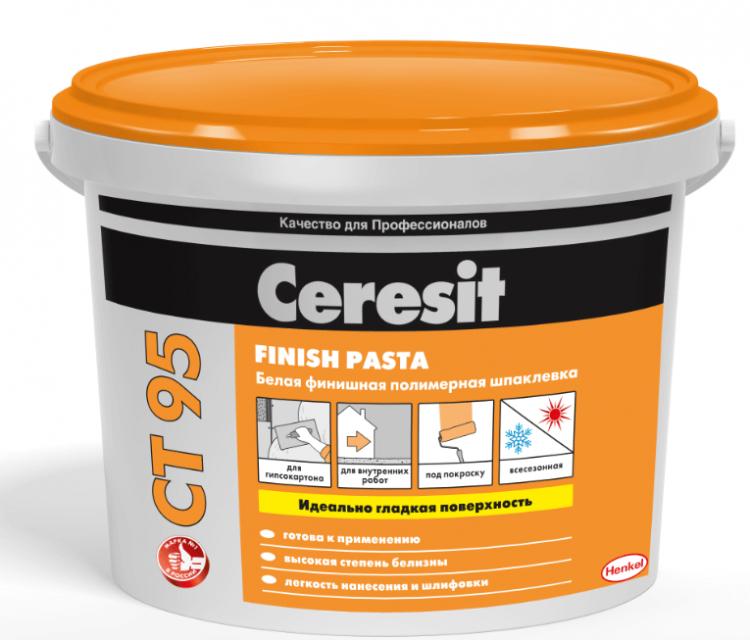
Acrylic putty
By the same principle as polymers, acrylic filler is used to prepare the substrate for painting. It is practically a jewelry material that is applied in a layer of about 1 mm and creates a perfectly smooth glossy finish.
Acrylic putty can be universal or facade, with a dense fine-grained surface.It is durable, abrasion resistant, not afraid of moisture, dries quickly and can be combined with all building materials. It is one of the most environmentally friendly, safe and high quality mixtures.
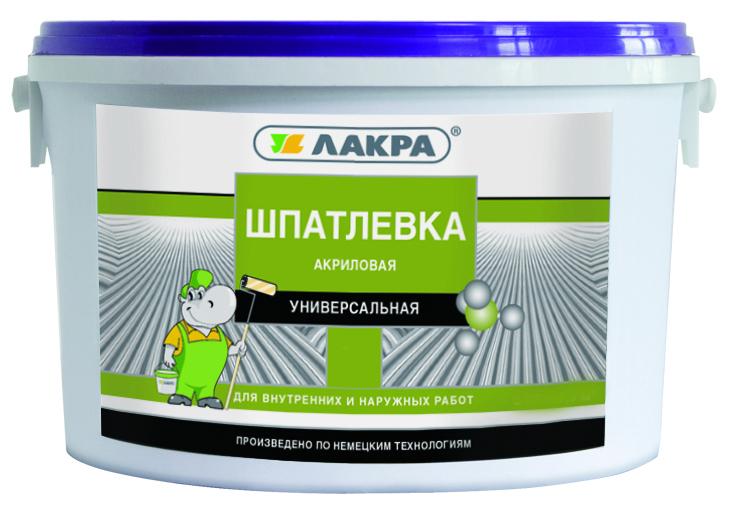
Glue, oil and latex
The glue mixture consists of the glue solution itself, drying oil and chalk, therefore it is strong and durable. Oil and glue putty contains acrylates, plasticizers and other impurities. It is suitable for hiding defects in concrete and wood structures in the room. Latex mixture is used in the same way.
The oil putty is based on drying oil with the addition of chalk and additives to accelerate the setting. It is needed for the installation of window sills, floors, windows and door frames before applying oil or water-dispersion paints with enamels.
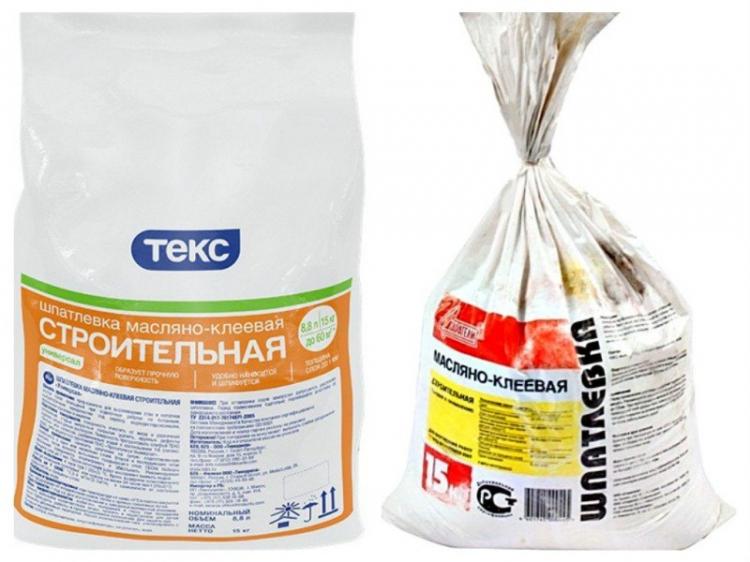
Putty and plaster: what's the difference?
If putty and putty are one mixture with different historical names, then plaster is a completely different material. It consists of cement, sand, polymer additives, stabilizers and plasticizers. Even coarse gravel is introduced as a filler, therefore, the granularity of the mass can be distinguished even visually.
Plaster is used to flatten curved walls, remove blockages, large cracks, potholes and other large defects. The putty is needed for delicate work, such as covering up seams or scratches. It is not suitable for large differences and is applied thinner.
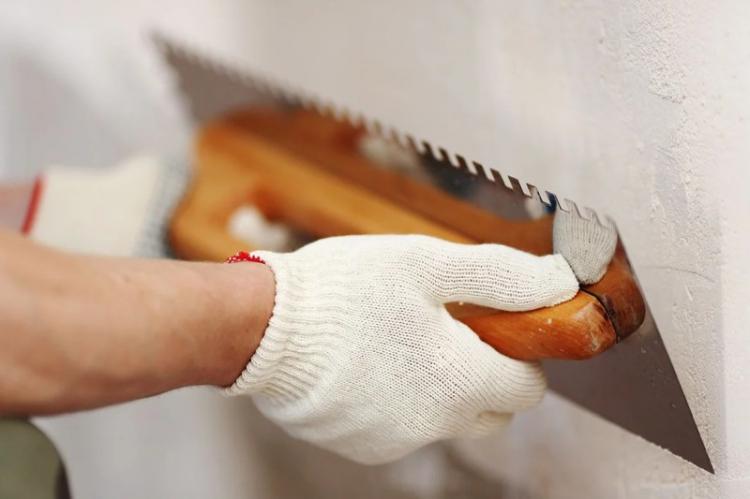
The thickness of the plaster is up to 10 mm, but it can be applied in several layers with a total thickness of up to 50 mm. Over 30 mm, steel or fiberglass reinforcement is used to give the coating additional strength.
The plaster is applied directly to the primed base, but you can apply the putty on the plaster for final cosmetic work. This is necessary if you plan to paste over the walls with thin wallpaper or simply paint with paint.
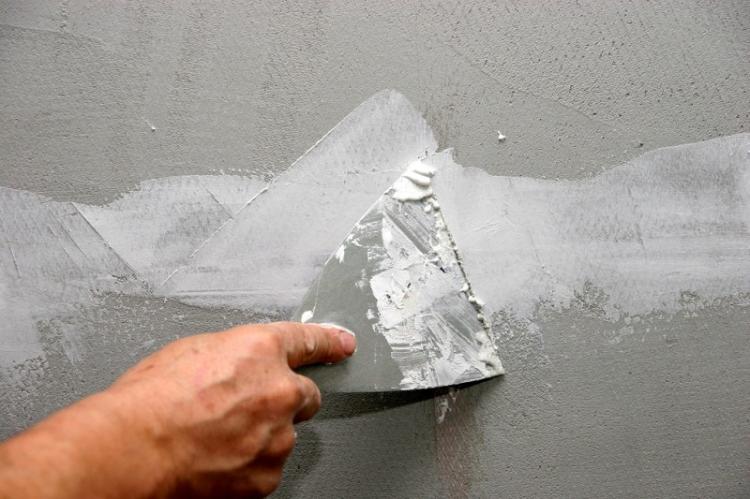
How to prepare the putty for use?
Most putty compounds are sold as a dry mix in cans, buckets, and whole bags. Only acrylic and several more specialized lines of putties are ready for use right away. The rest must first be mixed and prepared before applying to the base.
Knead the mass in a large bucket in the proportion indicated on the label of the particular brand. Use only cold water, as the high temperature will speed up the setting. Pour the dry mass into the liquid, and not vice versa, and adjust the amount according to the desired consistency.
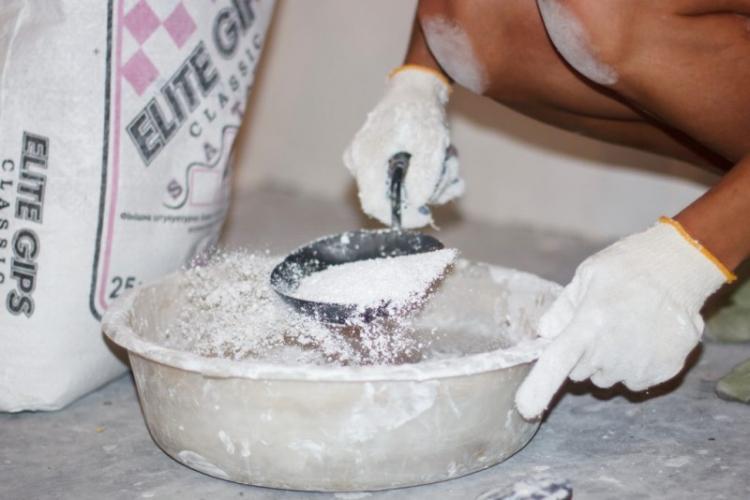
For finishing, a liquid putty is needed, which is applied in the thinnest layer. For rough work and leveling, a denser mixture is suitable. To make the mass homogeneous, it is better to knead it using tools: a construction mixer or a drill attachment.
In order for the powder to soften and the mixture to finally acquire its plastic properties, leave it to stand for 5-7 minutes. After that, mix again with a mixer to break even minor seals. You can repeat this procedure several times - and it will be much more convenient to work with the putty.

Puttying the walls
To apply the putty, you need a minimum set of tools: a mixer for mixing, brushes and rollers for a primer, a level for control and sandpaper for sanding. And most importantly - a set of spatulas of different sizes: from miniature to 40-50 cm. With their help, it is easy to process large wide planes, and corners with abutments or hard-to-reach places.
Ready-made compounds do not need to be kneaded, so that it is easier and faster to work with them. But they are usually more expensive, have less shelf life after opening, and shrink more noticeably.
Be sure to clean the substrate from dust, grease, paint, grime and any other stains - all of which will impair adhesion. The adhesion properties of the putty are not very high, so do not forget about the primer.It is strongly discouraged to apply the mortar to frozen substrates: it will not adhere properly.
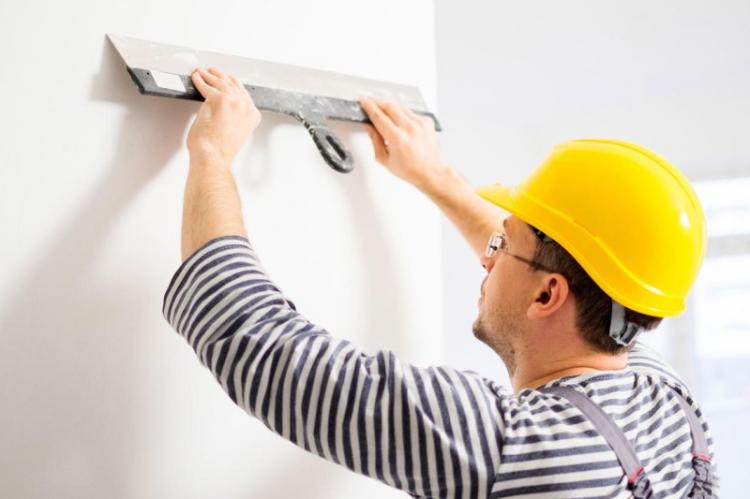
To level the surface, use a paint net: this way the putty spreads better and holds more firmly. Finishing compounds will remove the smallest pores and streaks from the trowel, but be sure to apply them only over the leveling compound. When choosing, keep in mind that the types and compositions of both materials must be combined with each other.
Use a wide trowel at an angle of approximately 30 degrees to apply the compound. Spread the composition gradually in medium batches, and apply each new layer with an overlap to smooth out the transitions. For convenience, it is better to knead the putty in small portions during work, otherwise it quickly hardens.
For corners, use special corner spatulas - this way you will be able to achieve a perfectly even joint. Dry the coating for 24 hours so that it completely hardens before a new layer. Sanding, painting or wallpapering - only after the entire surface is completely dry.


